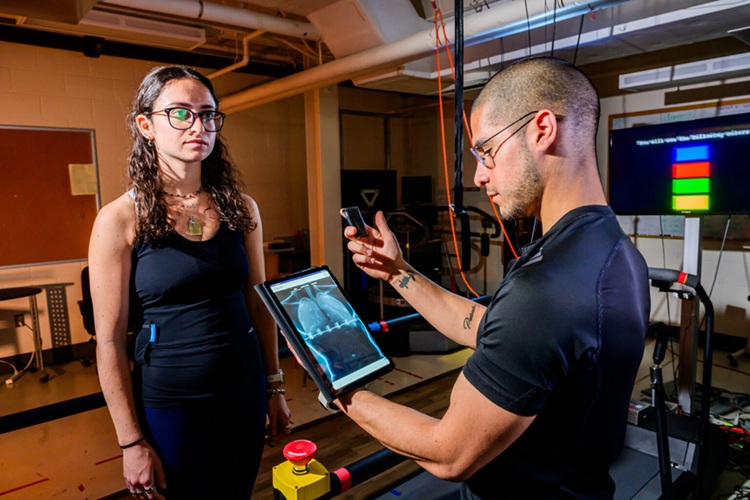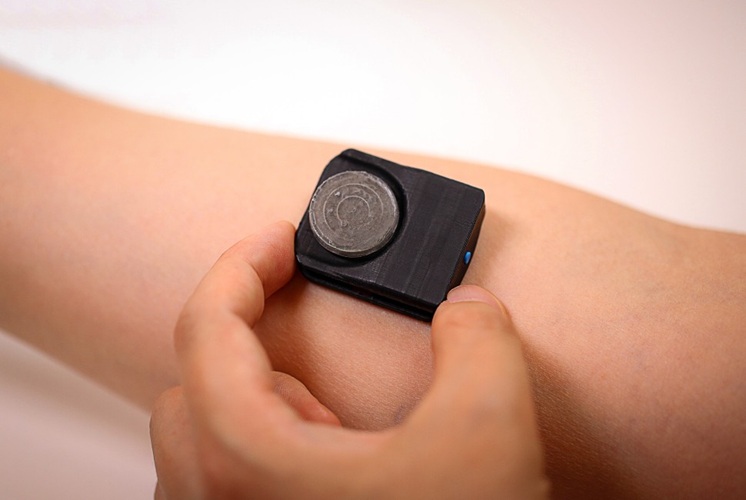Cardiac Troponin Diagnostics Market Driven by Demand for High Sensitivity POC Testing
|
By HospiMedica International staff writers Posted on 27 Mar 2023 |

Cardiac troponin (cTn) biomarkers are commonly used by healthcare professionals to diagnose myocardial infarction (MI), and their popularity has led to an increasing demand for cTn diagnostics in emergency departments (EDs). To detect troponin at lower concentrations, hospitals and clinical laboratories are adopting high-sensitivity (hs) assays. The use of point-of-care testing (POCT) for cTn is also on the rise, particularly in EDs and remote locations, due to its ability to provide rapid results in a shorter period compared to lab-based tests. Furthermore, companies have developed high-sensitivity POCT cTn assays that provide accurate results within a few minutes.
The global market for cTn diagnostics is expected to achieve a compound annual growth rate (CAGR) of 2.4%, reaching USD 2.28 billion by 2025 from USD 2.07 billion in 2021. This growth will be fueled by a rise in the number of patients with cardiac complaints visiting EDs and the increasing adoption of hs-cTn assays by hospitals and clinical laboratories, which can detect troponin in lower concentrations and shorten the timeline for MI detection. North America is leading the global cTn diagnostics market, as hospitals and laboratories have started using high-sensitivity (hs) assays since receiving approval from the United States Food and Drug Administration in 2017. These are the latest findings of Frost & Sullivan (San Antonio, TX, USA), a business consulting and services company.
In the future, market players are expected to focus on developing quick and user-friendly diagnostic tests tailored to EDs, as shorter turnaround times in EDs can lead to substantial cost savings in healthcare. Investment in research and development of hs-cTn is likely to increase, as it can provide fast diagnostic results and lower the likelihood of false positives. The market is anticipated to witness the emergence of applications and software platforms that can integrate with devices, allowing for real-time data and improving the speed and effectiveness of the diagnostic process. Furthermore, there will be an increased emphasis on educating and empowering patients and clinicians about new diagnostic technologies and their proper use to prevent false positives.
"An increasing need for rapid and reliable cTn diagnostics tests in EDs to mitigate urgent response challenges for a positive test result is noticeable," said Utkarsha Kaustubh Soundankar, Healthcare Research Analyst at Frost & Sullivan. "The dynamics will boost the market revenue for POC tests during the forecast period."
"Point-of-care testing (POCT) is rapidly gaining traction globally and reduces turnaround time and the length of stay in the ED. Additionally, POC troponin assays can offer test results within 20 minutes, and doctors can use them for diagnosis in remote settings and the ED," Soundankar added.
Related Links:
Frost & Sullivan
Latest Point of Care News
Channels
Critical Care
view channel
Novel Intrabronchial Method Delivers Cell Therapies in Critically Ill Patients on External Lung Support
Until now, administering cell therapies to patients on extracorporeal membrane oxygenation (ECMO)—a life-support system typically used for severe lung failure—has been nearly impossible.... Read more
Generative AI Technology Detects Heart Disease Earlier Than Conventional Methods
Detecting heart dysfunction early using cost-effective and widely accessible tools like electrocardiograms (ECGs) and efficiently directing the right patients for more expensive imaging tests remains a... Read more
Wearable Technology Predicts Cardiovascular Risk by Continuously Monitoring Heart Rate Recovery
The heart's response to physical activity is a vital early indicator of changes in health, particularly in cardiovascular function and mortality. Extensive research has demonstrated a connection between... Read more
Wearable Health Monitoring Device Measures Gases Emitted from and Absorbed by Skin
The skin plays a vital role in protecting our body from external elements. A key component of this protective function is the skin barrier, which consists of tightly woven proteins and fats that help retain... Read moreSurgical Techniques
view channel
Intravascular Imaging for Guiding Stent Implantation Ensures Safer Stenting Procedures
Patients diagnosed with coronary artery disease, which is caused by plaque accumulation within the arteries leading to chest pain, shortness of breath, and potential heart attacks, frequently undergo percutaneous... Read more
World's First AI Surgical Guidance Platform Allows Surgeons to Measure Success in Real-Time
Surgeons have always faced challenges in measuring their progress toward surgical goals during procedures. Traditionally, obtaining measurements required stepping out of the sterile environment to perform... Read morePatient Care
view channel
Portable Biosensor Platform to Reduce Hospital-Acquired Infections
Approximately 4 million patients in the European Union acquire healthcare-associated infections (HAIs) or nosocomial infections each year, with around 37,000 deaths directly resulting from these infections,... Read moreFirst-Of-Its-Kind Portable Germicidal Light Technology Disinfects High-Touch Clinical Surfaces in Seconds
Reducing healthcare-acquired infections (HAIs) remains a pressing issue within global healthcare systems. In the United States alone, 1.7 million patients contract HAIs annually, leading to approximately... Read more
Surgical Capacity Optimization Solution Helps Hospitals Boost OR Utilization
An innovative solution has the capability to transform surgical capacity utilization by targeting the root cause of surgical block time inefficiencies. Fujitsu Limited’s (Tokyo, Japan) Surgical Capacity... Read more
Game-Changing Innovation in Surgical Instrument Sterilization Significantly Improves OR Throughput
A groundbreaking innovation enables hospitals to significantly improve instrument processing time and throughput in operating rooms (ORs) and sterile processing departments. Turbett Surgical, Inc.... Read moreHealth IT
view channel
Printable Molecule-Selective Nanoparticles Enable Mass Production of Wearable Biosensors
The future of medicine is likely to focus on the personalization of healthcare—understanding exactly what an individual requires and delivering the appropriate combination of nutrients, metabolites, and... Read more
Smartwatches Could Detect Congestive Heart Failure
Diagnosing congestive heart failure (CHF) typically requires expensive and time-consuming imaging techniques like echocardiography, also known as cardiac ultrasound. Previously, detecting CHF by analyzing... Read moreBusiness
view channel
Expanded Collaboration to Transform OR Technology Through AI and Automation
The expansion of an existing collaboration between three leading companies aims to develop artificial intelligence (AI)-driven solutions for smart operating rooms with sophisticated monitoring and automation.... Read more

















